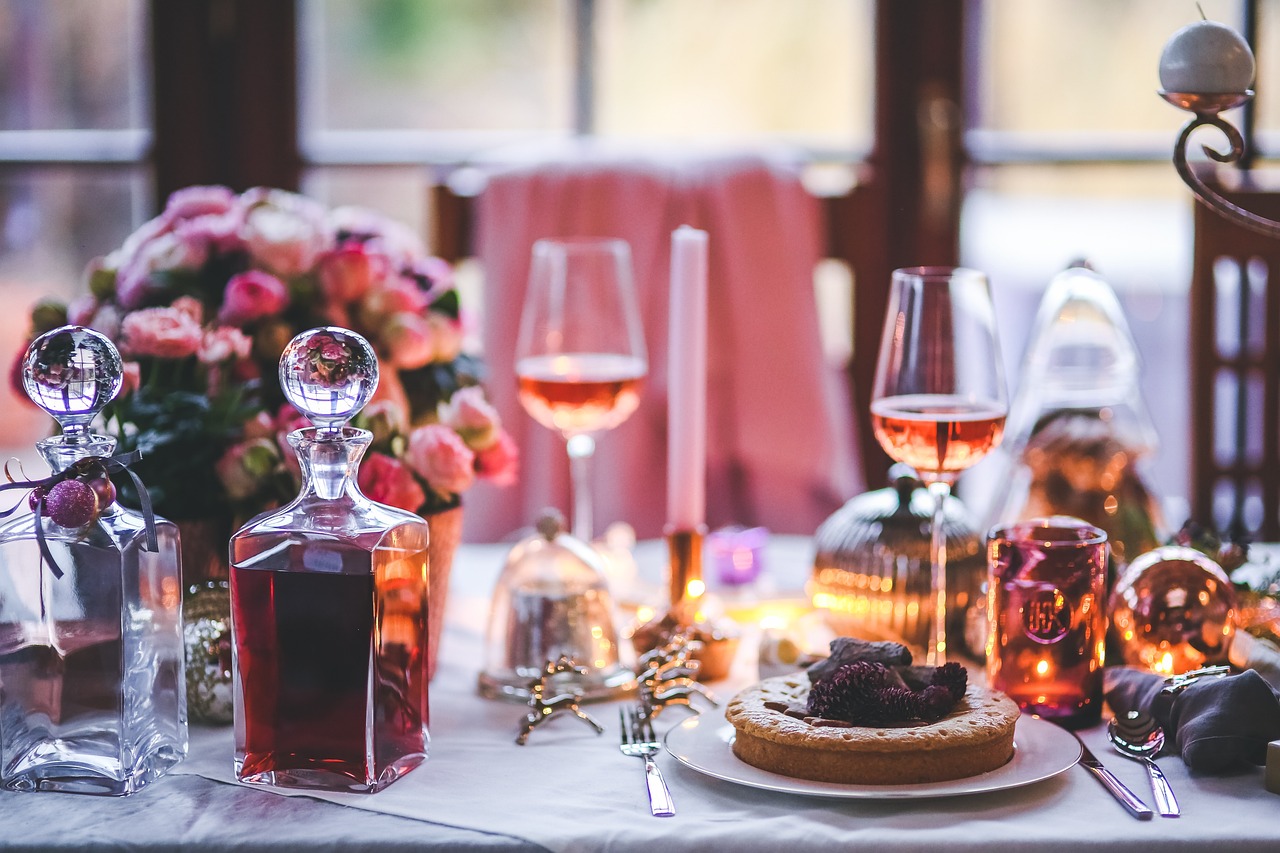In a world where markets fluctuate and traditional assets face increasing volatility, savvy investors are turning to an unexpected source of stability and prestige: fine wines and rare spirits. No longer just the domain of connoisseurs and collectors, these liquid luxuries have emerged as serious contenders in the global investment landscape, offering both strong returns and the allure of exclusivity.
Aged to Appreciate
Fine wines and rare spirits, much like art or vintage cars, are tangible assets with intrinsic cultural and historical value. What sets them apart, however, is their ability to improve with age—not just in taste, but also in worth. Prestigious labels such as Château Lafite Rothschild, Domaine de la Romanée-Conti, and The Macallan have seen exponential growth in auction prices over the past decade.
The Liv-ex Fine Wine 100 Index, which tracks the performance of the top 100 most sought-after wines, has consistently outperformed many traditional stock indices. Meanwhile, bottles of ultra-rare Scotch and Japanese whisky have broken records at Sotheby’s and Christie’s, with some fetching over a million dollars.
Why the Wealthy Are Investing
The appeal of fine wines and rare spirits lies in their low correlation with stock markets, making them a safe haven during times of economic uncertainty. They also offer:
Scarcity and Prestige: Limited production and global demand ensure long-term value.
Portfolio Diversification: These assets hedge against inflation and currency fluctuations.
Tangible Ownership: Unlike digital assets, collectors can physically possess and enjoy their investments.
Cultural Capital: Owning a bottle of 1945 Romanée-Conti or a 60-year-old Glenfiddich isn’t just an investment—it’s a statement.
The Rise of Wine and Whisky Funds
Recognizing the asset class’s potential, a number of specialized investment funds have emerged, allowing clients to invest in curated portfolios of rare wines or whiskies without needing expertise or cellars of their own. These funds work with expert sommeliers, master blenders, and storage facilities to maintain provenance, optimal aging conditions, and market timing.
Some leading platforms also provide fractional ownership, enabling investors to buy shares in rare bottles or casks—lowering the barrier to entry while retaining luxury appeal.
Risk and Reward
Like any investment, fine wines and rare spirits come with risks. Market trends can shift, storage must be impeccable, and provenance is everything. Counterfeits and improper handling can severely damage value. Hence, due diligence, expert advice, and trusted sourcing are crucial.
That said, for those who understand the market—or work with those who do—the rewards can be both financial and experiential. It’s not every day that an investment can be celebrated, sipped, and shared.
A Taste of the Future
With growing interest from Asia, the Middle East, and younger luxury consumers, the market for collectible alcohol is set to expand even further. Digital platforms, blockchain-based authentication, and high-tech cellars are making it easier than ever to buy, sell, and track value—bringing the centuries-old elegance of wine and spirits into the modern age.
Conclusion
In an era where luxury is defined by rarity and experience, fine wines and rare spirits are more than indulgences—they are enduring assets. As they quietly rise in value in the world’s most exclusive vaults and cellars, these bottles may soon become the crown jewels of the modern investment portfolio.

